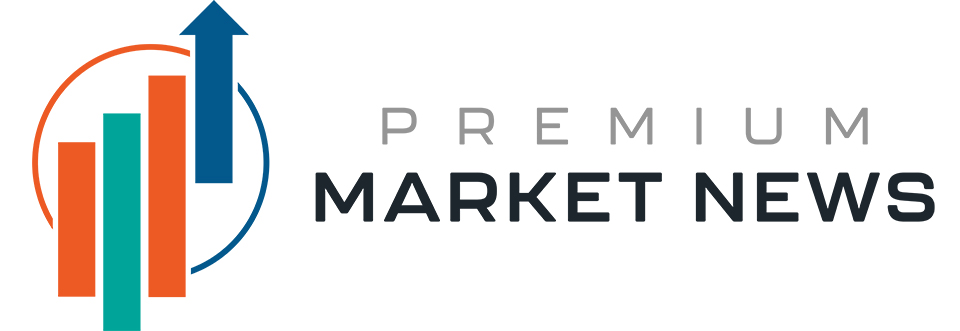Tesla’s pullback offers big upside potential but demands a high risk tolerance.
Shares of Tesla (TSLA 1.77%) have slipped in recent weeks as enthusiasm for AI (artificial intelligence)-related growth stocks has cooled, even though the company keeps talking up its software and robotics ambitions. The latest pullback follows a strong run earlier this year, illustrating how quickly sentiment around the stock can shift.
Tesla recently returned to record quarterly revenue and deliveries. But profits fell again. This combination of top-line growth and contracting profits leaves investors debating whether the stock’s recent slide is a buying opportunity or a sign of tougher times ahead. There’s a constant tension between near-term headwinds and the excitement surrounding the company’s push into autonomous driving and AI-heavy services.
Short term, results are being distorted by a U.S. tax credit that pulled demand into the last quarter and may leave a gap in the current one. Longer term, the prize is autonomous driving and an autonomous ride-sharing service Tesla calls Robotaxi. There is also a broader AI platform story developing around Tesla’s vehicles and planned humanoid robots.
Tesla Cybercab. Image source: Tesla.
Tensions between growth and profits
In the third quarter of 2025, Tesla’s revenue grew 12% year over year to about $28.1 billion after declining 12% in the second quarter. The bounce came from record deliveries of roughly 497,000 vehicles, up about 7% from a year earlier, as U.S. buyers rushed to use a $7,500 federal electric vehicle tax credit before it expired.
Profitability, however, told a different story. Net income fell 37% year over year to about $1.4 billion, and operating income dropped 40%, leaving operating margin near 6% compared with roughly 11% in the prior-year period, as lower vehicle prices and incentives combined with higher spending on AI projects weighed on results. And earnings per share similarly fell sharply, marking the fourth consecutive quarter of decline.
That combination of accelerating revenue and falling profit shows how costly the company’s current period of transition is, as it ramps up spending on growth opportunities.
Investors who focus on the revenue rebound risk understating how fragile earnings power looks.
Today’s Change
(-1.77%) $-7.26
Current Price
$401.66
Key Data Points
Market Cap
$1334B
Day’s Range
$393.71 – $408.90
52wk Range
$214.25 – $488.54
Volume
2.6M
Avg Vol
89M
Gross Margin
17.01%
Dividend Yield
N/A
Autonomy and robotaxis
The bullish counterpoint is that management sees 2025 as a turning point where Tesla becomes an AI and robotics company alongside its automaker roots. On the third-quarter earnings call, CEO Elon Musk said: “We do expect to be operating Robotaxi in, I think, about eight to 10 metro areas by the end of the year. It depends on various regulatory approvals.” That’s a sign of how quickly Tesla hopes to expand beyond its limited pilot program.
That vision rests on billions of miles of driving data from customers using the company’s supervised Full Self-Driving software along with heavy investment in AI chips and data centers that shows up today in capital expenditures and operating expenses rather than profit. If Tesla can make enough progress to remove safety drivers in its Robotaxi fleet and push its ride-sharing fleet into more cities, Tesla’s overall business could lean more on software and transportation services instead of relying mainly on vehicle sales.
But investors still have to weigh those possibilities against what the valuation already assumes. Even after the recent slide, the stock trades at about 15 times revenue and commands a forward price-to-earnings ratio of 179 as of this writing. This means any stumble in execution on its Robotaxi service or AI could collide with an already stretched valuation.
The biggest risk, of course, is that autonomy rolls out more slowly than hoped or hits regulatory roadblocks, leaving shareholders with a sky-high valuation for a capital-intensive business.
For investors with a multiyear horizon and a high tolerance for volatility, the pullback looks like a reasonable moment to start or add to a small position while the company is investing in its next growth leg. The upside case rests on the rollout of Robotaxi and increased adoption of its supervised self-driving software in its cars. These could turn into high-margin recurring revenue streams and totally transform Tesla’s business.
More cautious investors can watch from the sidelines and wait for either a clearer profit trajectory or a more forgiving valuation.
